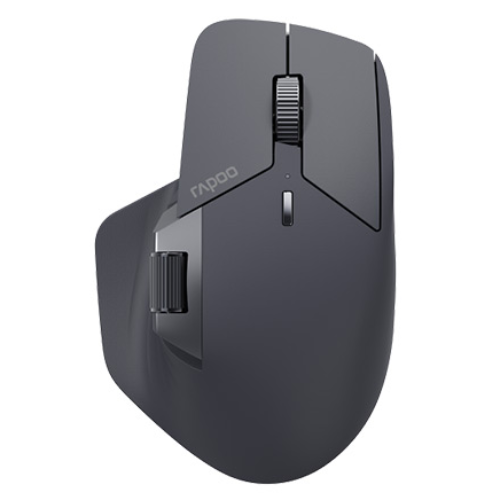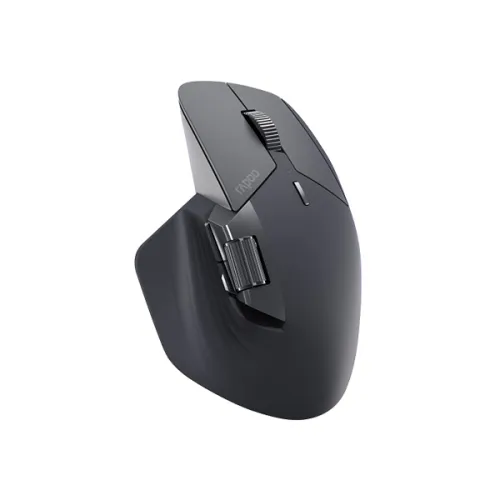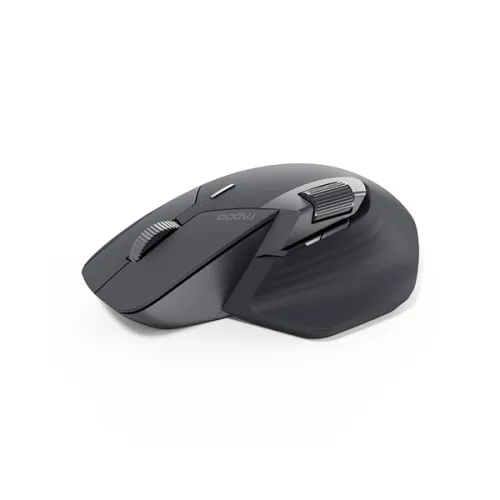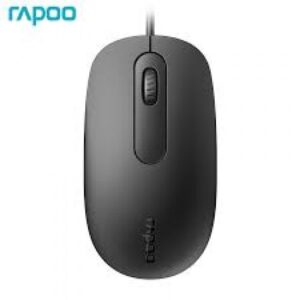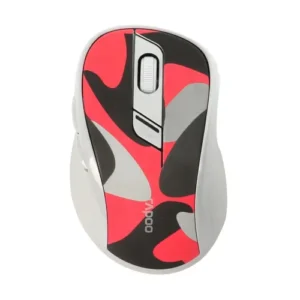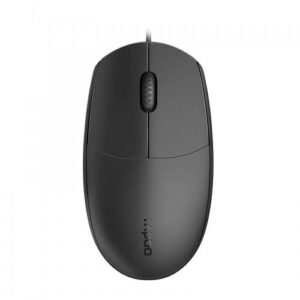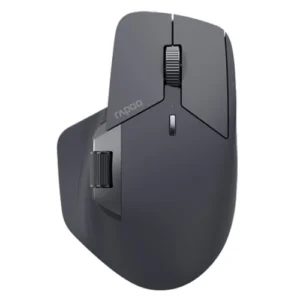Understanding Gaming Mouse Specifications
The selection of a gaming mouse hinges on a thorough understanding of its specifications, which play a crucial role in enhancing the gaming experience. Chief among these specifications are the number of keys, connection types, and resolution options.
The number of programmable keys can significantly influence gameplay. A gaming mouse with multiple keys allows for easy access to various in-game functions, enabling players to execute complex commands efficiently. For competitive gamers, having additional keys can be a decisive advantage, as it facilitates faster reactions and a more streamlined playing style. Competitive titles often require a high level of customization, making this feature indispensable.
Connection types also bear importance in the decision-making process. Modern gaming mice typically offer wired, Bluetooth 5.0, and 2.4G wireless connections. Wired connections generally provide the lowest latency, which ensures that commands are relayed to the computer without delay. In contrast, Bluetooth 5.0 and 2.4G wireless connections have improved significantly, offering low-latency solutions that are often comparable to wired options. Players should consider their playing environment and personal preferences when selecting the connection type that suits their needs best.
Resolution options, denoted as dots per inch (DPI), dictate how sensitive the mouse is in response to movement. Ranges typically span from 800 to 4000 DPI, with additional settings available on some models. A higher DPI can lead to more precise movements, particularly beneficial in fast-paced gaming scenarios. However, excessive DPI can also make fine movements challenging. Thus, a balance needs to be struck based on individual gaming styles.
Battery specifications are equally vital for wireless gaming mice. The capacity of lithium batteries can significantly affect the mouse’s performance and longevity during gameplay sessions. Charging options, such as USB-C ports, provide convenience and efficiency, ensuring that downtime is minimized. Understanding these specifications helps gamers select a mouse that not only meets their needs but also enhances their overall gaming experience.
Physical Specifications and Ergonomics of Gaming Mice
The physical specifications and ergonomic design of gaming mice play a pivotal role in enhancing user comfort and overall performance, particularly during extended gaming sessions. A crucial aspect to consider is the dimensions of the mouse; for instance, a common size might be around 115 x 74 x 42 mm. These dimensions help determine how well the mouse fits within different hand sizes and grip styles, ensuring comfort and minimizing fatigue.
Weight is another critical factor, with gaming mice often weighing approximately 10g. A lightweight design can facilitate swift movements, allowing for agile gameplay and reduced strain on the wrist. Alternate considerations, such as firmness and feel of materials used, can significantly affect the tactile experience a gamer has, adding to the overall satisfaction during use.
The ergonomic design is particularly tailored for right-handed users, providing a shape that conforms to the natural curvature of the hand. This ergonomic focus helps in offering prolonged comfort, reducing the chances of discomfort that may initially seem insignificant but can ultimately lead to repetitive strain injuries over time. Features such as textured grips and strategically placed buttons enhance the user’s ability to perform in-game actions quickly and efficiently.
Further enhancing the gaming experience, specifications like an impressive tracking speed of up to 30 inches per second and a 10g acceleration ensure that the mouse reacts swiftly and accurately to user inputs. These features are especially pertinent for fast-paced gaming genres where precision is crucial. Additionally, warranty information serves as a vital element of product reliability; a standard 2-year warranty typically offered by manufacturers provides reassurance regarding customer support and device longevity.
